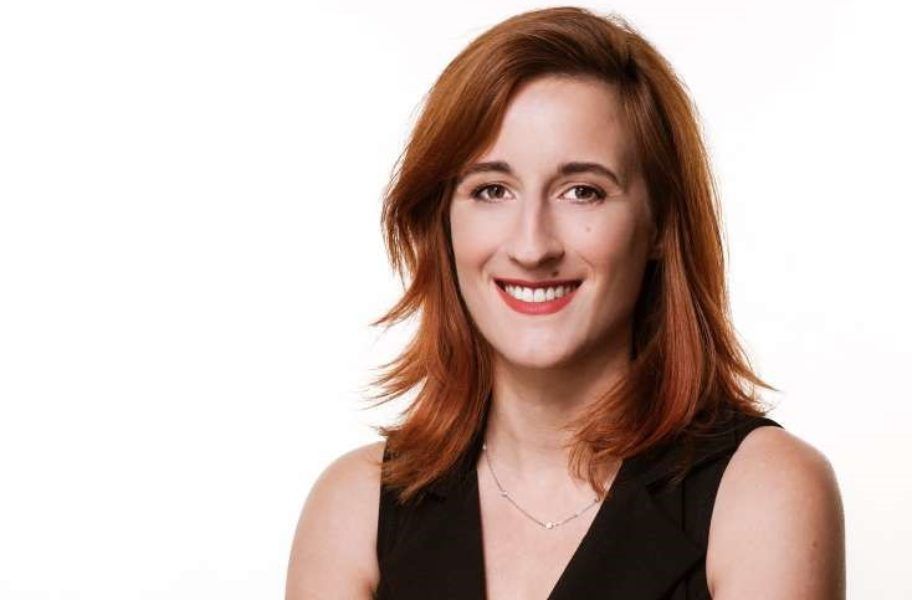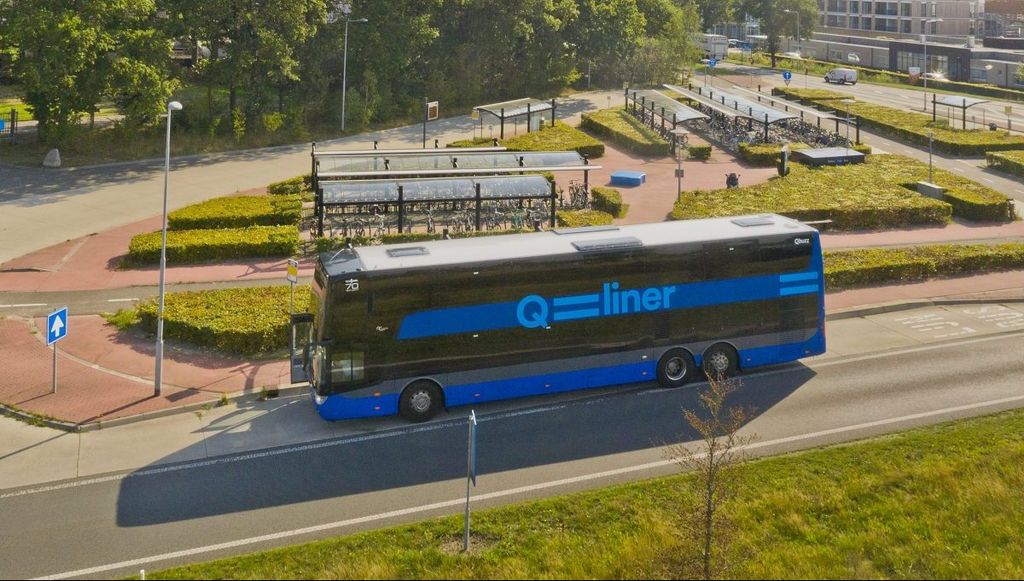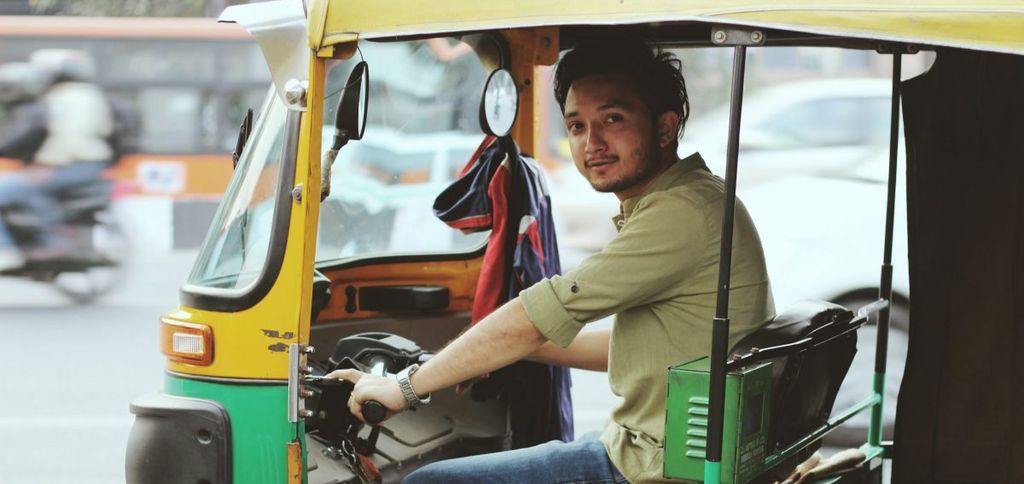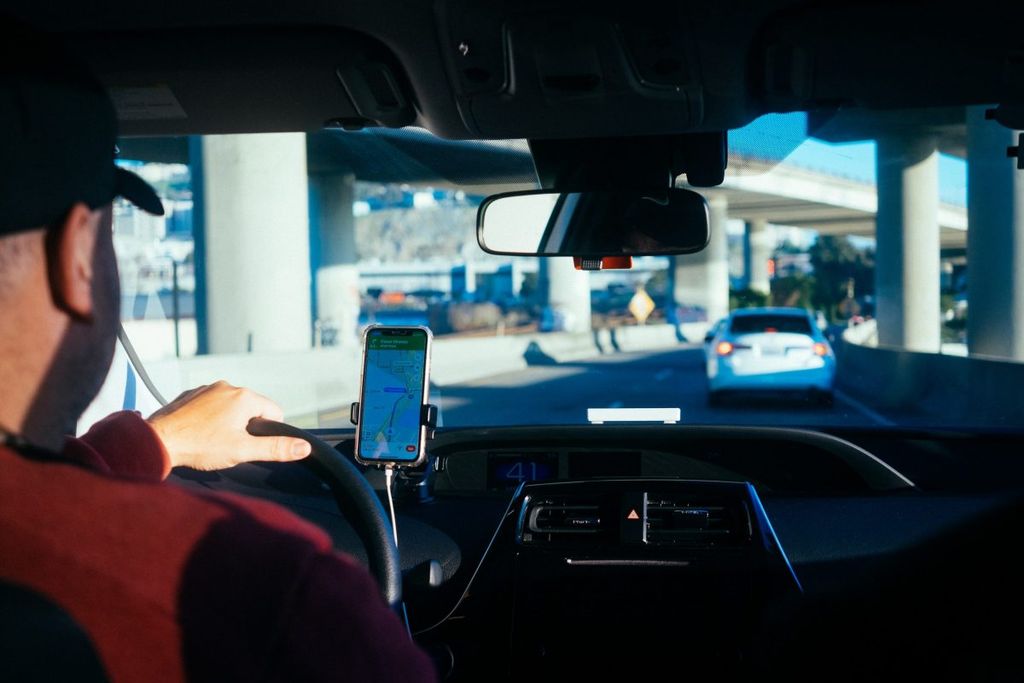
IT-TRANS speakers share their thoughts...Ursa Hribernik of LIT Transit Slovenia
This year, UITP will once again join forces with our collaborators at Messe Karlsruhe to bring you IT-TRANS – where the world of public transport comes together to discuss technology and IT-TRANS for urban mobility (Karlsruhe, 3-5 March 2020).
As we approach our time in Karlsruhe, our programme, panel sessions and list of international speakers and participants is taking shape.
Over the next two weeks we’ll be sitting down with several of our Conference speakers to get their thoughts on IT-TRANS2020, what they expect from this year’s edition and what’s to come for mobility going forward.
So what better way to get to know what we can look forward to at IT-TRANS2020 than a special sit-down with our speakers!
Up next is Ursa Hribernik, Head of Mobility at LIT Transit, Slovenia
Q1: Ursa, LIT Transit is a technology enabler of Mobility-as-a-Service (MaaS) solutions to help public authorities and operators enhance services and attract more passengers. MaaS is a very topical and interesting subject right now. What’s your take on the MaaS discussion taking place in the sector?
Urban growth in most cities has reached unprecedented levels, which is putting a strain on every aspect of our infrastructure. Looking to the future, investment is needed to improve access to services within environments that are challenged by space limitations. At the same time, connected consumers expect more. They expect more choice, more information and more flexibility, in an instant. These factors combined make Mobility-as-a-service (MaaS) the next logical step in urban transportation.
Intelligent mobility solutions from LIT support some of the most demanding public transport systems in the world, serving over 5 billion passengers annually. We see public and private transport authorities, operators and stakeholders within a city as enablers of MaaS ecosystems. In some cases, this extends to intercity and national players. Together they need to provide the underlying open infrastructure upon which innovation can thrive. As a technology provider we bridge the gap, by helping these ecosystems integrate mobility providers under one technology umbrella.
What we have realized is that our customers are all at different stages of transport development, digitalization and transport regulation. Additionally, every system is unique from a technical, business and regulation standpoint. Some are modernizing and digitizing old operations, while moving from cash-based ticketing systems to automated fare collection. Others have already implemented the first phase of MaaS, and others are somewhere in between. Those already on the journey to MaaS have realized that closed systems hinder innovation and deteriorate the passenger experience. Standardization in this field is the keyword.
We are fanatical about accurate and reliable real-time passenger information. With MaaS, this becomes a crucial input in order to successfully integrate different multimodal operators. There is a great deal of work to do, but it is exciting to see MaaS becoming a reality in some cities around the world.
“We have been close to UITP from the beginning through partner companies. UITP is a very important collaboration for us, providing access to a variety of opportunities. Your events bring us a lot of value through new customer acquisitions and partnerships, as well as involving us in the very latest trends.”
Q2: You’ve had an impressive career, ranging from roles in engineering to business development in the mobility, automotive and IT industry. Can you tell our readers more about your path to where you are now? (Ursa also founded her own p2p car sharing and joined a SaaS based start-up as a COO).
I’m a true believer in seamless mobility and autonomous driving. After finishing my thesis in LiDAR and image processing (in cooperation with TU Munich), working for an autonomous driving company was a natural move for me. At some point my curiosity in engineering was overtaken by a passion for business and I started working on the commercial side.
I always dreamt about my own start-up, until I started one. Start-ups are great experience. It’s a time when you stretch yourself in every possible way while moving at light speed up a very steep learning curve with the attitude that ‘everything is possible’. Soon you realize that this is not always the case. P2P car sharing models are challenging due to undefined work regulation and insurance. Cooperation with larger institutions takes a lot of time and money that start-ups usually lack. On the other hand, you might have money, but you don’t find your product-market fit and then you’re screwed. That’s what happened with the SaaS based start-up.
As an established player in the field of transportation, LIT convinced me to take over Mobility and bring my start-up approach to designing future mobility solutions. In this role, I believe that we can bring seamless mobility to any city in the world.
Q3: LIT Transit are new UITP members, welcome to our international family! How do you envision your relationship with UITP? What does it mean for LIT Transit to become part of UITP?
We have been close to UITP from the beginning through partner companies. UITP is a very important collaboration for us, providing access to a variety of opportunities. Your events bring us a lot of value through new customer acquisitions and partnerships, as well as involving us in the very latest trends. We also want to give back and would be interested to help organize local events, in a workshop format for the CEE region. From a personal perspective, I’m joining the IT Committee and would love to contribute more to UITP in their mission to further advance public transport.
“I think that the next few years will be crucial in urban transportation. By 2025 we will see cities that will lead the way and those that will fail to adapt fast enough.”
Q4: You describe one of your objectives as “a mission to bridge the gap between new mobility providers, transport authorities and operators.” What is the missing connection right now? What does the sector need to do next?
Our objective is to help cities integrate new mobility providers to become extension of the public transport network, rather than a threat.
For example, ride hailing operators, such as UBER and Lyft caused a 160% increase in traffic on the US roads(1). The money from existing public transport operators is running into the private pockets of new mobility operators and in most cases not staying within the cities. Those private companies also own vast amounts of data on traffic patterns and passenger movements. This data has strategic significance for the future of transport in any city, and so cities should actively engage in this future ecosystem.
We believe cities and public transport agencies can advance their position with Mobility-as-a-service (MaaS). By combining a city monitoring, management and regulation platform, with passenger information applications, they can deliver a seamless travel experience.
When talking about MaaS, we need to consider safety, infrastructure preparedness and regulation concerns. In Berlin, for example, e-scooters caused 74 accidents, 65 cases of drunken driving and 233 traffic violations in 3 months(2). With fast proliferation of new mobility providers, public transport authorities need to approach regulation, urban planning and traffic optimization in different manner than previously.
We are laying down recommendations for policy makers by participating in the EU project Gecko – Governance for New Mobility Solutions. Within the project we also help define regulatory schemes enabling the implementation of disruptive technologies and business models in transport systems.
Q5: IT-TRANS is all about bringing the sector together to debate the future of public transport. Let’s look forward five years: what does urban mobility look like in 2025?
Five years in public transport can pass in a flash. With the emergence of new mobility providers, technology enabling service innovation and the speed that the public adapts, the rigid frameworks around transportation regulation and urban planning is the only thing getting in the way.
Just to give you an example how fast public habits change. Between 2013 and 2016, I used a kick-scooter to get to and from the train station in Munich every day. At that time riding a kick-scooter was considered laughable. My neighbour would scream “Du bist doch kein kind!” (You are not a child!) at me, while other people stared strangely. Can you imagine that? A 27-year old girl riding a scooter in Munich. That was very strange only four years ago. Now cities are literally flooded with them.
I think that the next few years will be crucial in urban transportation. By 2025 we will see cities that will lead the way and those that will fail to adapt fast enough. We will see who will open-up and how new mobility providers will be regulated, with new transport frameworks established across different cities.
Digitisation of public transport will continue in all aspects, with greater emphasis on smart algorithms to improve operations. Mobility-as-a-service will be booming (at least in the media) MaaS providers will consolidate and it will become clearer who will take the role of the MaaS operator. Best implementation practices will become more established and demand-supply optimization more efficient.
Most of the sustainable options, such as car sharing schemes, demand-responsive services and electric scooter sharing, will face profitability issues(3). They will probably be subsidized in the future, if considered a viable option for a city.
Fully autonomous fleets will slowly penetrate regulated parts of the cities. Buses and other vehicles in the city will becoming more connected and equipped with autonomous features, such as proximity sensors, driver drowsiness sensors and suggestion algorithms. We are currently already implementing such systems for our customers in Mexico and Australia.
Then there are regulation changes, such as EU Clean Vehicles Directive(4), that sets national targets for the procurement of clean buses. Changing bus fleets will also have to be accompanied by investments into charging infrastructure, and mixed bus fleets will become more established, also where LIT comes into play.
Q6: And finally, if not the world of mobility…what would you be doing?
If not in the world…then in space!
Thank you to Ursa for his time and his thoughtful and interesting contribution to the urban mobility debate!
Do you know all about the city of Karlsruhe? Invite the Innovation by learning more about the hub of creativity…
Join Ursa and other speakers at IT-TRANS 2020
[1] https://www.businessinsider.com/uber-lyft-creating-traffic-cities-bruce-schaller-2018-7
[2] https://www.bloomberg.com/news/articles/2019-09-17/berlin-police-in-3-months-of-e-scooters-74-accidents
[3] https://www.researchgate.net/publication/331308088_Can_carsharing_services_be_profitable_A_critical_review_of_established_and_developing_business_models
https://www.ptua.org.au/myths/taxibus/
https://taz.de/E-Scooter-in-Staedten/!5610555/
[4] https://ec.europa.eu/transport/themes/urban/clean-vehicles-directive_en
become a member






